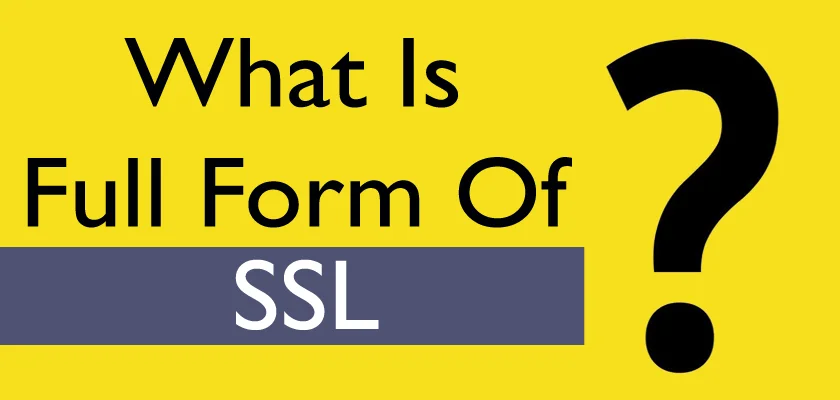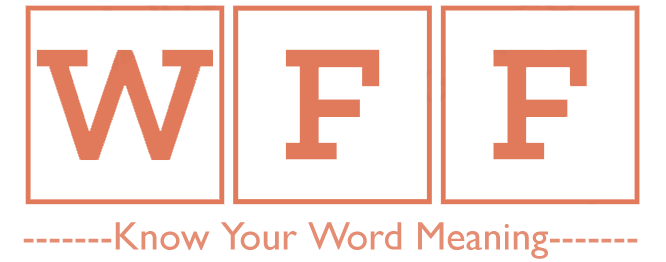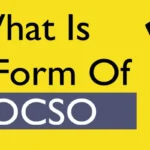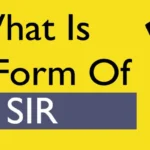Do you know what is the SSL Full Form? The SSL Full Form stands for Secure Socket Layer. An SSL is a technique that established secure encryption between the web server and the web browser and secures the connection. It is use Netscape’s protocol to make encryption between the web server and web browser. The term socket stands for exchanging information between clients and server programs.
SSL is an industry standard that sends that information over the Internet securely and reliably such as credit card details, social security numbers, and login passwords by encoding. Many websites use it to ensure online transactions of their customers.
Table of Contents
What is the full form of SSL?
SSL Full Form – Secure Socket Layer
S- Secure
S- Socket
L- Layer
To establish a secure SSL connection, the web server must possess an SSL certificate. The SSL encrypts the segments of a network connection that are above the transport layer, which is a part of a network connection that is above the programme layer.
Through an asymmetric cryptographic technique, SSL operates. A public key and a private key are generated by the web browser. The public key is stored in a data file and is known as a certificate signalling request (CSR). Only the recipient receives the generated private key.
An SSL makes it impossible to read the data that users and websites share. In order to prevent hackers from reading the data while it is in transit, it uses encryption algorithms. These data could include your credit card information, social media login information, bank login information, other financial information, etc. For instance, when you shop online, the information you provide to the websites is secure.
How to check the website is secure and has SSL?
SSL is the prototype of Transport Layer Security (TLS), a protocol for the safe transfer of internet data. The more recent and safe version of SSL is called TLS (Transport Layer Security).
A website that is protected by an SSL certificate will have HTTPS (Hypertext Transfer Protocol Secure) in its URL. You can click on the lock icon on the browser bar to the left of the URL to view the SSL certificate’s details.
The Internet Engineering Task Force terminated both SSL 2.0 and 3.0 in 2011 and 2015, respectively and the Transport Layer Security (TLS) protocol has taken the position of SSL 2.0 and 3.0.
SSL Architecture :
The Secure Socket Layer (SSL Full Form) protocol is designed structurally as a collection of TCP/IP protocols. The SSL Protocol Stack is a frequent term used to describe SSL protocol design. The SSL protocol consists of two sub-layers which are as follows:
- First sub-layer – The SSL record protocol is responsible for the actual encryption and decryption of data sent over the network. It breaks data into manageable chunks and applies a secure encryption algorithm to the data.
- Second sub-layer – The SSL handshake protocol is responsible for the secure exchange of information between a client and a server in order to establish a secure connection. This includes negotiation of encryption algorithms, exchange of keys, and verification of the server’s identity.
The History of SSL
Since HTTP sends its data as plain text over the Internet, the Secure Sockets Layer was created in the early 1990s in collaboration with Netscape Communications Corporation to secure HTTP. The first to be launched was version 2.0, which became popular despite some framework issues and protocol weaknesses. In 2015, the Internet Engineering Task Force (IETF) deprecated the use of SSL for the web, and the Transport Layer Security (TLS) protocol later replaced it. TLS is backwards compatible with SSL 3.0, although SSL and TLS are incompatible.
What are the Advantages and Disadvantages of SSL?
The followings are the advantages and disadvantages of SSL-
Advantages–
- Encryption – It encrypts sensitive data on a website through data transmission and stops individuals to get inside information.
- Security – Having an SSL certificate prevents personal (hacker) access and thus protects the customer from unauthorized phishing emails.
- Trust – Customers rely on a website that uses an SSL certificate.
- Server Authenticity – SSL authentication is a way that defines the data is guaranteed to go through the right servers. Intruders frequently copy your website and focus to stolen on the data of your customers. This can be avoided by utilising an appropriate Public Key Infrastructure (PKI) and obtaining an SSL Certificate from a reputable SSL provider.
Disadvantages-
- Website Speed – It slows down the speed of the website due to encryption and decryption.
- Cost – Maintaining an SSL certificate may be quite expensive but some hosting providers provide an SSL certificate for free with a website (but website charges included).

Other SSL Full Forms List
| Term | Full Form | Category |
| SSL | Secure Socket Layer | Information Technology |
| SSL | Santa Rosalia | Airport Code |
| SSL | Secure Sockets Layer | Computer and Networking |
| SSL | Seconds Sponsored Linksfree | File Type |
| SSL | SIRSAUL | Indian Railway Station |
| SSL | System Software Loader | Space Science |
| SSL | Software Site Licensing | Softwares |
| SSL | Scalable Software Library | Softwares |
| SSL | System Specification Language | Softwares |
| SSL | Shop Stock List | Military and Defence |
FAQs – What Is The Full Form of SSL
What is the SSL Full Form?
The full form of SSL is Secure Socket Layer.
What is the SSL full form in Hindi?
In Hindi, the full form of SSL is सुरक्षित सॉकेट परत.
What is SSL mean in Business?
In business, the full form of SSL is Secure Socket Layer.
Who created SSL?
SSL was created in the early 1990s in collaboration with Netscape Communications Corporation.
What is the full form of TLS in SSL?
The full form of TLS in SSL is Transport Layer Security.
Thanks for reading What is the SSL Full Form? Bookmark our website Whatisfullform.com to know or read our collection of full forms.


